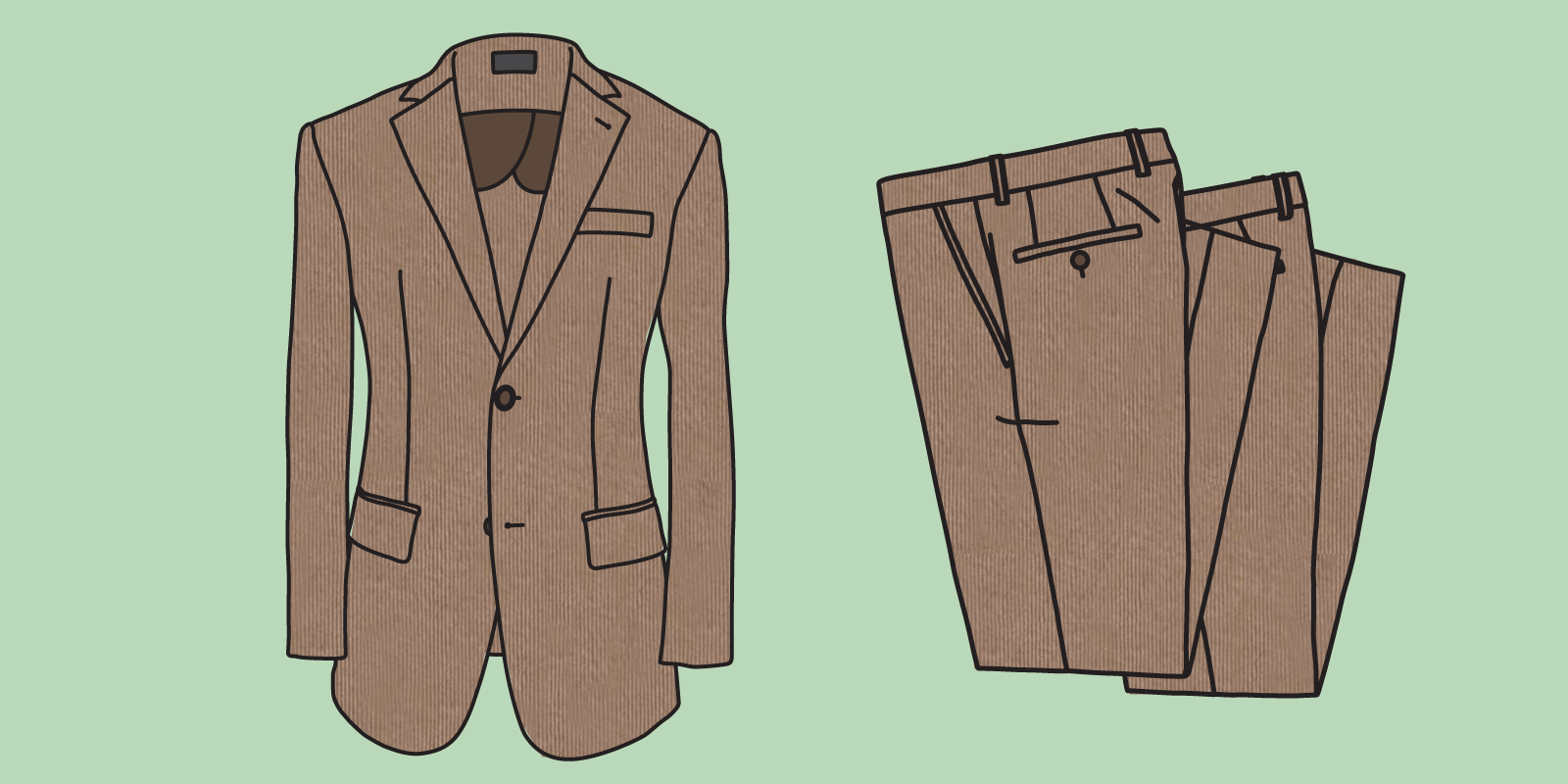When It's Time to Replace a Pair of Dress Shoes
Dress shoes aren’t meant to be treated like another pair of running shoes. Rather than cycling through a pair every six months to a year, dress shoes are an investment that you can count on wearing for years to come—if you treat them right.
Instead of ditching a pair of dress shoes with worn-out heels or a thinning sole, take them to a cobbler to get new heels attached or have the sole replaced. However, there are a few instances in which leather dress shoes must be retired.
All of the scenarios below come with warning signs, so hopefully you’ll detect evidence of trouble long before the shoes must be put out to pasture.
There’s a hole in the sole
The dreaded hole-in-the-sole doesn’t always merit the end of a shoe’s life, so take them to a cobbler first—there’s a chance they can be resoled. But it’s also possible that the leather sole has been so worn through that the interior has been damaged as well. If that’s the case, your shoes may have to call it a day.
To prevent this worst-case scenario, replace the sole before holes appear. If the shoe has seen considerable wear over a prolonged period of time, check to see if the sole has begun to feel soft or spongy; this is a sign that it’s worn-through and needs replacement.
The leather is damaged by water or salt
A couple of rainstorms aren’t enough to sink a dress shoe (provided you dry the shoes away from any sources of heat afterward). But enough water-loggings can leave a shoe looking warped. An even greater danger to leather is the ice-melting salt sprinkled on city streets each winter, which can leave an unappetizing white ring around leather.
The dreaded salt ring can knock a shoe out of commission, but only if the problem isn’t treated as soon as it occurs. To remove salt stains, wipe a shoe with a rag dipped in a 50/50 solution of water and white vinegar as soon as you can.
The leather is cracked
Leather, after all, is skin. And just like your own skin, it requires moisture from time to time. You can treat your shoes with a leather conditioner at least once per season. This prevents the leather from totally drying out, which over time causes cracks to appear in the leather. Once leather has become cracked, there’s no going back.







